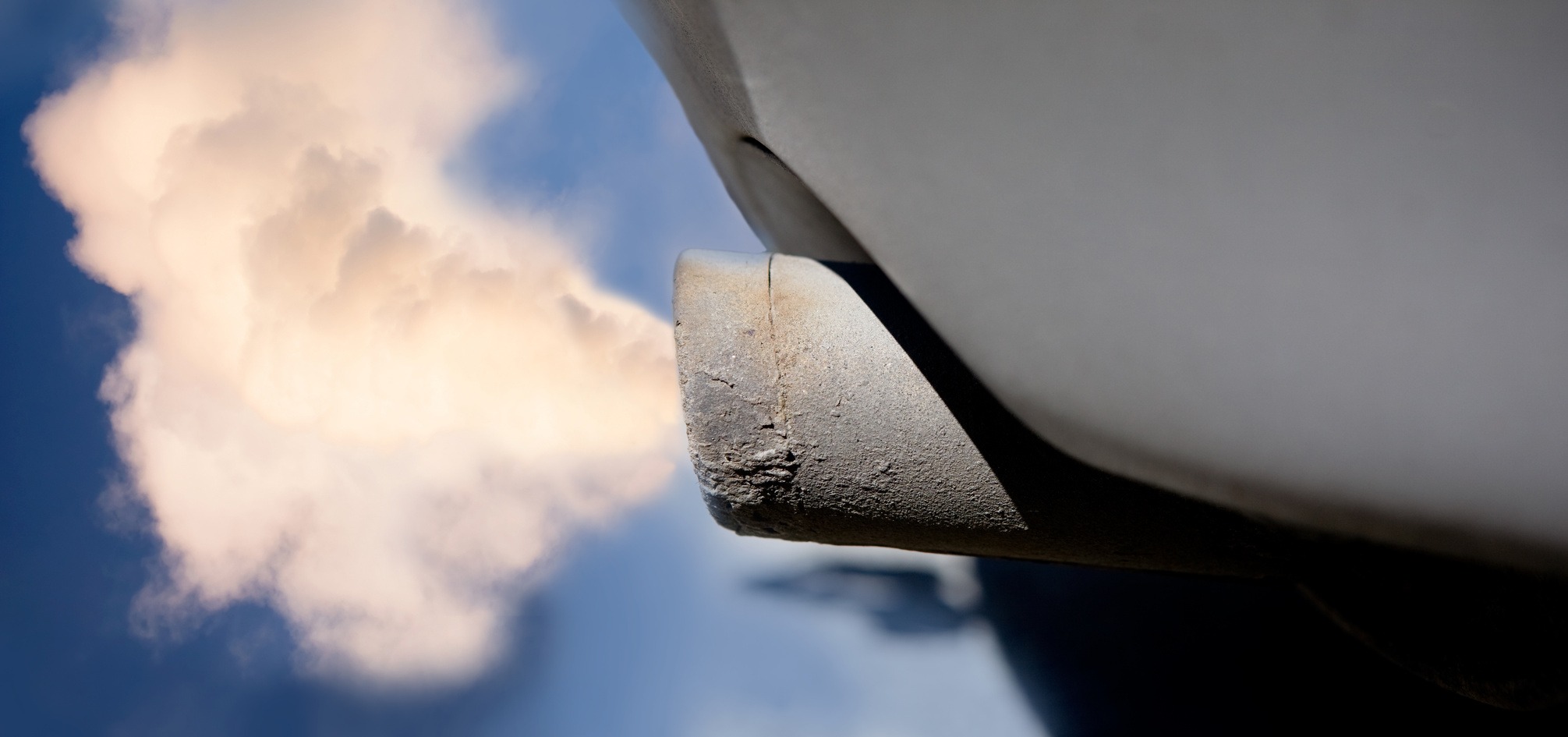When it comes to car ownership in the United States, passing a smog test is not something to take lightly. This test determines how much pollution your vehicle sends into the air. Depending on the state, a failed smog test can stop you from registering your car or driving it legally on public roads.
For many drivers, it can come as a surprise when their vehicles do not meet the required emission standards, even though they run smoothly and show no visible issues. The truth is, the engine under the hood plays a very big part in whether a car will pass or fail that test.
Some engines are designed to be clean and efficient from the outset. These ones use modern technology and smart engineering to burn fuel more cleanly and reduce emissions to a very low level.
Whether they are in a hybrid, a compact sedan, or a crossover SUV, these engines consistently perform well during smog checks. Their success lies not only in how they burn fuel but also in how the engine parts and sensors work together to keep harmful gases in check.
Some engines are known for doing badly in emissions tests. These engines might offer strong performance or high horsepower, but they often burn fuel in a way that creates too much pollution.
In some cases, the problem starts from the way they were designed. In others, the issue comes from how the engine handles age, mileage, or poor maintenance. Even with repairs and upgrades, some engines continue to give trouble during emission checks.
5 Engines That Rarely Fail Smog
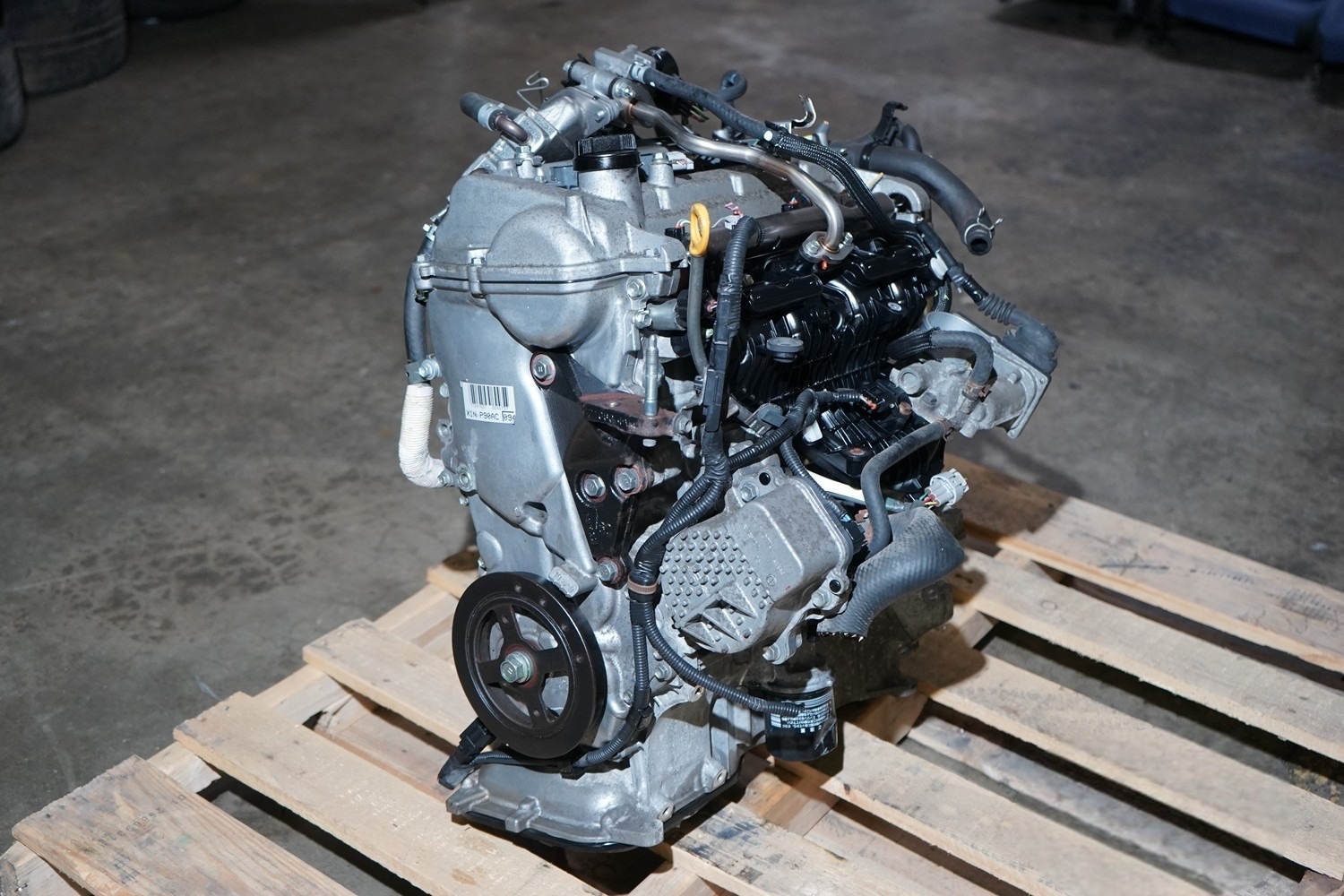
1. Toyota 1NZ-FXE Engine
The Toyota 1NZ-FXE engine, mostly found in the first and second-generation Toyota Prius, remains one of the top choices when it comes to smog testing success. It was developed as a dedicated hybrid engine, meaning its entire structure was built with emissions control in mind. Toyota did not just focus on reducing fuel consumption; they also worked hard to ensure the emissions remained low throughout the engine’s lifespan.
One of the strongest features of the 1NZ-FXE engine is its Atkinson cycle design. This setup allows the engine to delay the closing of the intake valves, which in turn helps reduce the amount of fuel burned during each cycle.
This small change creates a big impact by lowering the amount of unburned hydrocarbons and nitrogen oxides that would usually escape through the exhaust. It also means the engine is using fuel more effectively, leaving less leftover pollution.
Another important part of what makes this engine pass smog tests so easily is its pairing with Toyota’s Hybrid Synergy Drive system. This system blends electric motor use with gas engine activity in a very smooth and calculated way.
When the car does not need much power, like during low-speed driving or idling in traffic, the engine turns off completely and lets the electric motor take over. This strategy removes unnecessary emissions from the process and makes the car cleaner during most driving situations.
After a while, the engine also holds up well under age and usage. Most owners report that the hybrid battery and emission control systems stay reliable even after 100,000 miles. That means drivers are not forced to make costly repairs just to keep the emissions within legal range. Also, the oxygen sensors and catalytic converter in these engines usually remain stable for years, giving fewer trouble codes that could lead to a failed test.
Toyota made sure to fit the 1NZ-FXE engine with advanced exhaust gas recirculation systems and secondary air injection systems that allow the engine to pass even stricter emissions checks found in places like California. Because of all these smart decisions, this engine continues to prove itself as one of the cleanest and most reliable when it comes to keeping pollution out of the air.
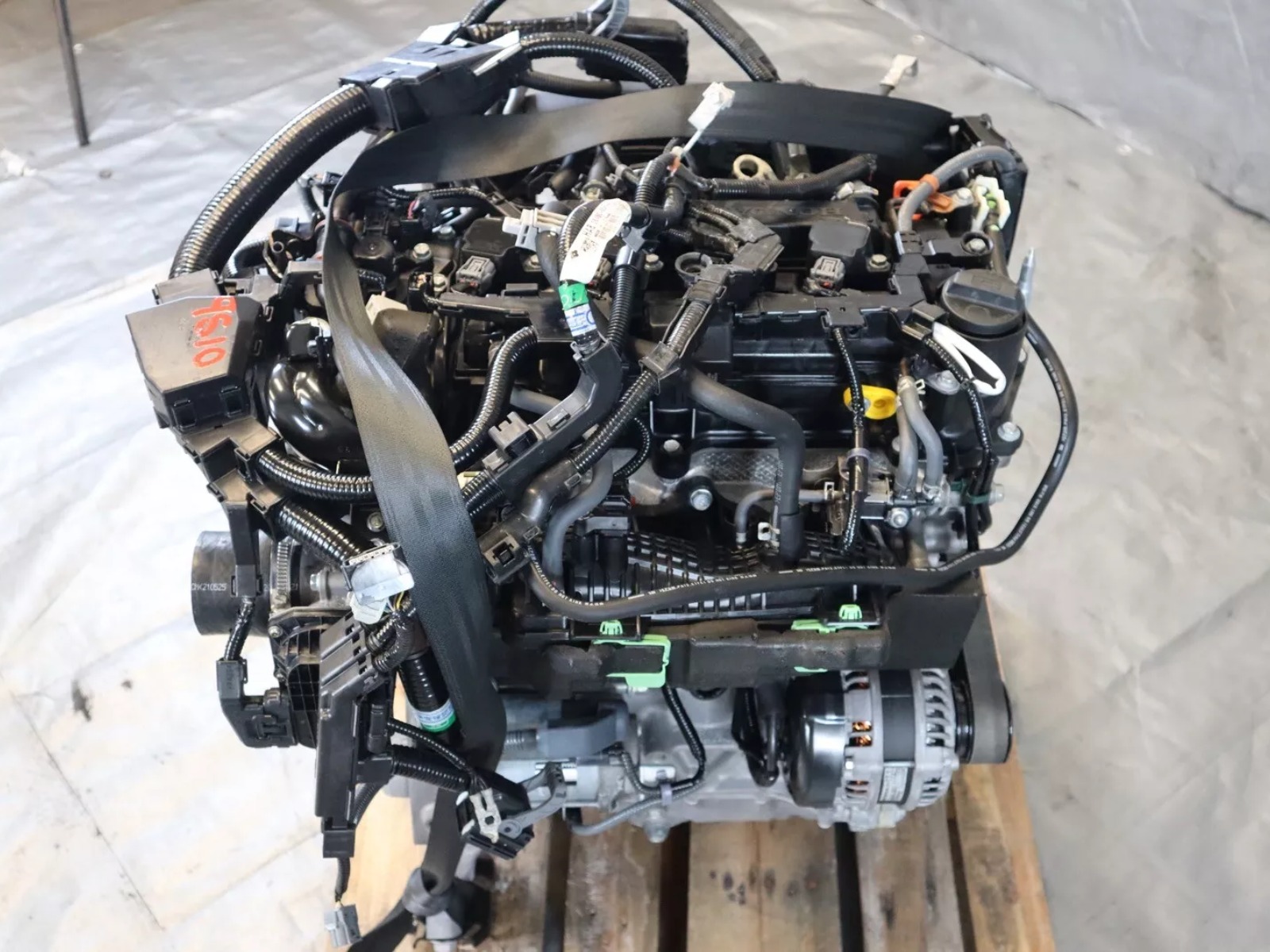
2. Honda L15B7 Turbocharged Engine
The Honda L15B7 engine, commonly found in the newer Honda Civic models, is another powerplant that keeps its emissions low and passes smog tests with little to no stress. Even though this engine is turbocharged, it has been tuned for fuel efficiency and low emissions rather than outright speed.
Honda made use of both direct fuel injection and variable valve timing to make sure it produces just enough power while remaining within clean air standards. One thing that helps the L15B7 engine perform so well is its precise air-to-fuel control. Direct injection means the fuel is sprayed right into the combustion chamber, allowing it to burn more thoroughly.
This reduces the leftover particles and gases that can build up in the exhaust system. On top of that, the engine comes with a knock control system that adjusts the ignition timing constantly to keep combustion smooth and clean.
Turbocharged engines often get blamed for causing high emissions, but Honda managed to reduce that effect through a smaller, low-boost turbo system that does not put unnecessary strain on the engine. This setup keeps the engine running cooler, which leads to lower nitrogen oxide formation during combustion. Also, the exhaust gas recirculation system is well-calibrated, further cutting down on harmful output.
Many car owners who use this engine report very few issues related to emissions systems, especially during the first 100,000 miles. The sensors, especially the wideband oxygen sensors, remain accurate for longer periods. This means the car’s computer can always balance the air-fuel mixture correctly. The catalytic converter also receives less unburned fuel, which prevents it from clogging or failing early.
Another point in the L15B7’s favor is that it reacts well to regular maintenance. Simple actions like oil changes, air filter replacements, and the use of top-grade fuel help keep the engine healthy. Because it is not too sensitive to changes in temperature or fuel quality, it continues to perform well across different driving conditions and passes emission tests without causing headaches for the owners.
Also Read: 5 Cars With Engines That Refuse to Die and 5 That Fail Before 80K

3. Mazda Skyactiv-G 2.0 Engine
Mazda’s Skyactiv-G 2.0 engine stands as one of the most impressive examples of what is possible when clean performance is given priority during the design stage. This engine was built with a strong focus on fuel economy, but Mazda did not sacrifice power or emission control to achieve that goal. Drivers enjoy a well-balanced setup that keeps pollutants in check while offering solid driving performance.
One of the reasons why this engine performs so well during smog checks is its very high compression ratio. At 13.0:1 or even 14.0:1, depending on the region, this ratio is much higher than what is found in most gasoline engines.
Normally, high compression causes knocking and higher emissions, but Mazda solved that problem by adjusting the shape of the piston heads and improving fuel injection timing. This innovation allows the engine to burn fuel more cleanly and evenly.
Another reason the Skyactiv-G 2.0 engine stands out is because of its lightweight design and reduced internal friction. The pistons, crankshaft, and even the engine block are made to create less resistance.
Less resistance leads to lower fuel consumption and fewer waste gases. This structure also helps the engine warm up faster, which is very helpful for emissions testing since cold engines usually produce more pollution until they reach operating temperature.
The exhaust system is also specially designed to lower emissions. The 4-2-1 exhaust manifold in this engine prevents the buildup of exhaust gases between cylinders, which often leads to higher emissions. By keeping the flow steady and separate, Mazda made sure the gases exit cleanly and do not interfere with new combustion cycles.
Drivers with the Skyactiv-G 2.0 engine usually report that their vehicles pass smog tests on the first attempt. Even when the engine ages or runs at high mileage, it continues to perform well because its components were designed to stay efficient for a long time. That kind of long-term reliability gives drivers peace of mind when dealing with strict emissions rules.
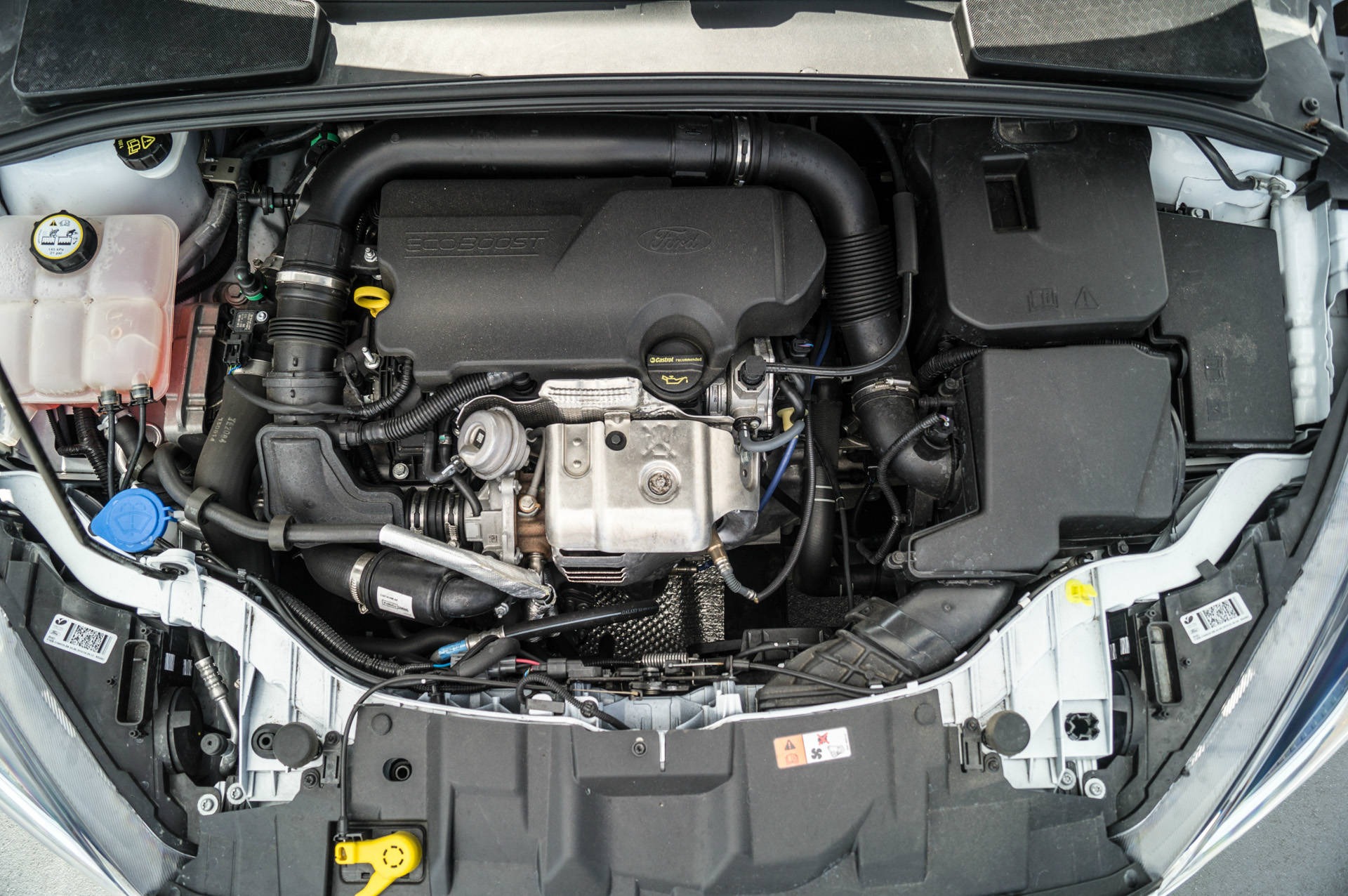
4. Ford EcoBoost 1.0L Engine
Ford’s EcoBoost 1.0L engine may be very small in size, but when it comes to passing smog tests, it delivers above expectations. This three-cylinder engine was made to power small cars like the Ford Fiesta and Focus with efficiency and low emissions.
Despite having a turbocharger, it was built more for smart fuel use than fast acceleration. That alone helps reduce the harmful gases it puts out. The first thing that works in the EcoBoost engine’s favor is its lightweight build.
Since the engine is very compact, it requires less fuel to move the car. This translates into fewer emissions. Ford also added direct injection and variable valve timing to keep the air and fuel mixture balanced during combustion. As a result, the engine produces fewer hydrocarbons and less carbon monoxide.
Even though the engine is turbocharged, it avoids many of the emission problems seen in larger turbo engines. That is because Ford used a low-inertia turbo that builds pressure gradually.
The slow pressure rise reduces the chance of over-fueling and lets the engine burn each drop of gasoline more efficiently. This also helps the catalytic converter work within its best temperature range, improving the breakdown of harmful gases.
The emission control system in the EcoBoost 1.0L engine also includes reliable sensors and well-designed exhaust gas recirculation parts. They help the engine respond quickly to changes in driving style or weather. That is a big help during smog tests because the engine stays consistent whether it is tested during cold starts or after long drives.
Regular maintenance, like spark plug changes and the use of good-quality oil, helps this engine stay clean and pass smog checks with no trouble. While it may not be made for sporty performance, it remains one of the cleanest choices in its size class and continues to show dependable results in emissions testing across many US states.
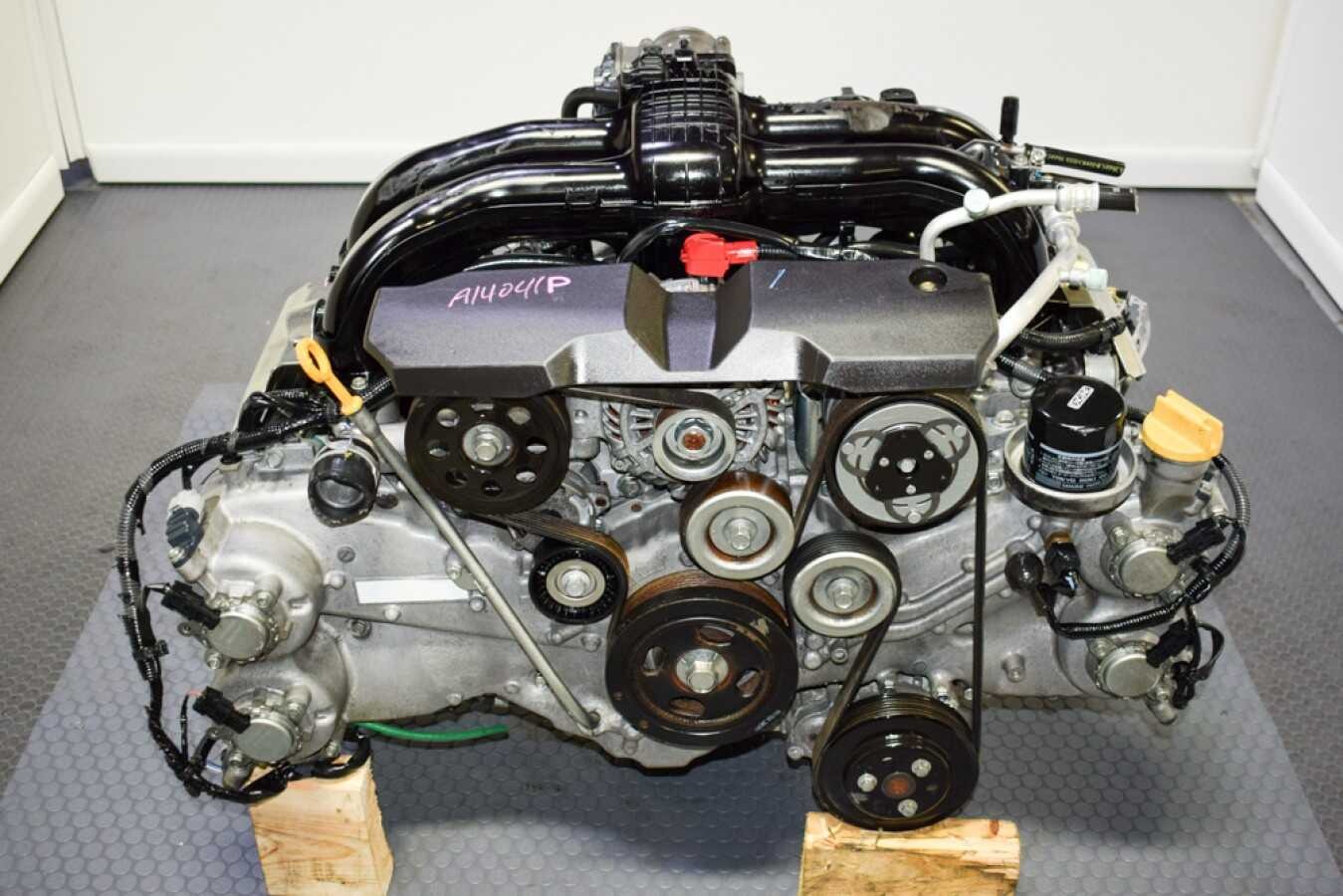
5. Subaru FB20 Engine
The Subaru FB20 engine, which powers many Impreza and Crosstrek models, was introduced with one major goal: improved fuel economy and lower emissions. Subaru took lessons from its earlier engines and designed the FB20 to provide more efficient fuel burning, better thermal performance, and reduced friction. These features all work together to help the engine meet tough smog standards across different states in the US.
Unlike many of Subaru’s older engines, which focused mainly on performance and symmetry through the flat-four layout, the FB20 took a different path. Subaru redesigned the intake and exhaust ports, stretched the stroke length, and used lighter internal parts.
The result was an engine that creates more complete combustion while also reducing unburned fuel that would otherwise escape through the tailpipe. With these adjustments, the engine became much friendlier to emissions testing.
Another advantage of the FB20 engine is the use of dual active valve control systems. This setup changes valve timing based on driving needs, making the engine breathe better under different loads.
It helps reduce the emission of hydrocarbons and nitrogen oxides by managing the combustion process more carefully. The electronic throttle system also makes a difference by fine-tuning how much air enters the engine, avoiding the sudden changes that often increase pollution levels.
The engine’s layout keeps exhaust temperatures steady, which helps the catalytic converter work efficiently during both short trips and longer highway drives. The oxygen sensors are also known to remain reliable over many years, and the engine control unit is less prone to errors. This means fewer chances for the “check engine” light to come on before a smog test.
Car owners often find that with basic maintenance, such as regular oil and filter changes, the FB20 engine continues to pass emissions tests well beyond 100,000 miles. Its smooth operation, paired with emissions-minded design, has made it one of Subaru’s more dependable engines for smog checks.
5 Engines That Always Struggle During Smog Tests

1. Chrysler 2.7L V6 Engine
The Chrysler 2.7L V6 engine, mostly found in models like the Dodge Intrepid and Chrysler Sebring, is widely known for issues related to oil sludge, timing chain problems, and high emissions. Although it was designed to provide smooth performance in mid-size sedans, it quickly developed a reputation for being one of the least reliable engines when it comes to long-term emissions performance.
One of the biggest problems with this engine is how sensitive it is to oil quality and maintenance. If the oil is not changed regularly or if the wrong type is used, the engine builds up sludge very quickly.
This sludge blocks oil passages, affects valve timing, and prevents the engine from reaching proper operating conditions. As a result, the engine burns fuel poorly and releases too much carbon monoxide and unburned hydrocarbons.
Also, the design of the intake manifold and exhaust setup makes it difficult for the catalytic converter to reach and maintain its ideal operating temperature. A cold or blocked converter is less effective, which causes emissions to increase.
Many owners report repeated check engine lights caused by oxygen sensor errors or converter inefficiency. These issues often show up right before emissions tests, making the engine very unreliable for smog checks.
The valve seals and piston rings also wear out faster than usual in this engine. Once that happens, oil starts leaking into the combustion chambers and burns along with the fuel. This oil burning adds to the emissions problem, sending smoke and pollutants into the exhaust system.
Even when owners take care of the engine with timely oil changes and careful driving, it still tends to perform poorly during smog tests. Mechanics often advise avoiding this engine altogether if you live in a state with strict emissions laws.
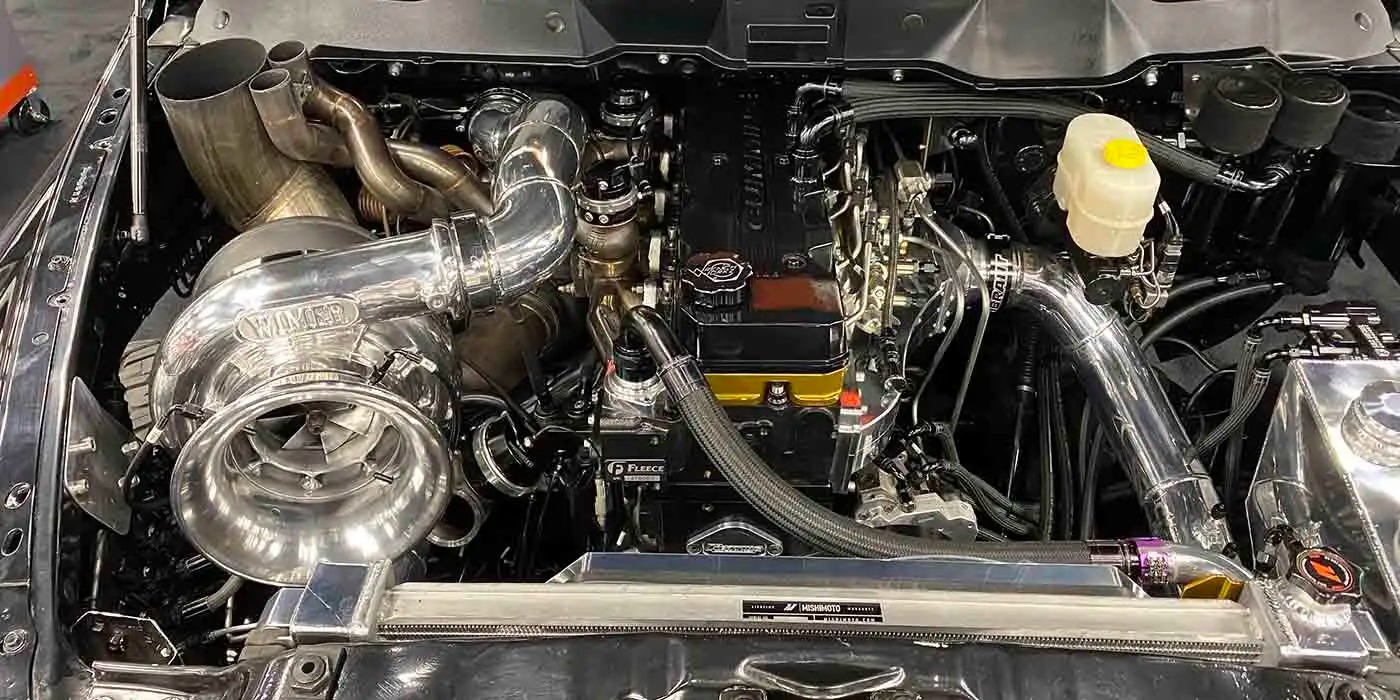
2. GM 3.1L and 3.4L V6 Engines
The General Motors 3.1L and 3.4L V6 engines were once very common in vehicles like the Chevrolet Malibu, Pontiac Grand Am, and Buick Century. While they offered good power and were affordable to maintain, these engines were never known for clean emissions. Many drivers who have gone for smog tests with these engines have found themselves facing unexpected failures.
A major weakness in these engines is the intake manifold gasket. It tends to fail early and often, leading to coolant leaks. When coolant mixes with engine oil or enters the combustion chamber, it affects fuel burning and sends extra pollutants into the exhaust. The leaks also trigger error codes that make the check engine light come on, which causes an automatic smog test failure in many states.
The combustion process in these engines is also not very efficient by modern standards. Even when everything seems to be running fine, the air-fuel mixture often falls out of balance due to poor sensor feedback.
Oxygen sensors and mass airflow sensors often fail or lose accuracy, which throws off the whole fuel management system. When this happens, unburned fuel slips through the exhaust, overloading the catalytic converter and raising emission levels.
The catalytic converter itself also tends to fail earlier in these engines. Combined with faulty gaskets and unreliable sensors, drivers often find themselves replacing the same parts more than once without solving the emission problem fully. This kind of repeat repair issue makes the engine frustrating when it comes to passing the required smog tests.
Mechanics frequently recommend that owners with high-mileage versions of these engines prepare for repairs before their inspection dates. Without major updates or engine rebuilds, they are more likely to fail than pass the test.
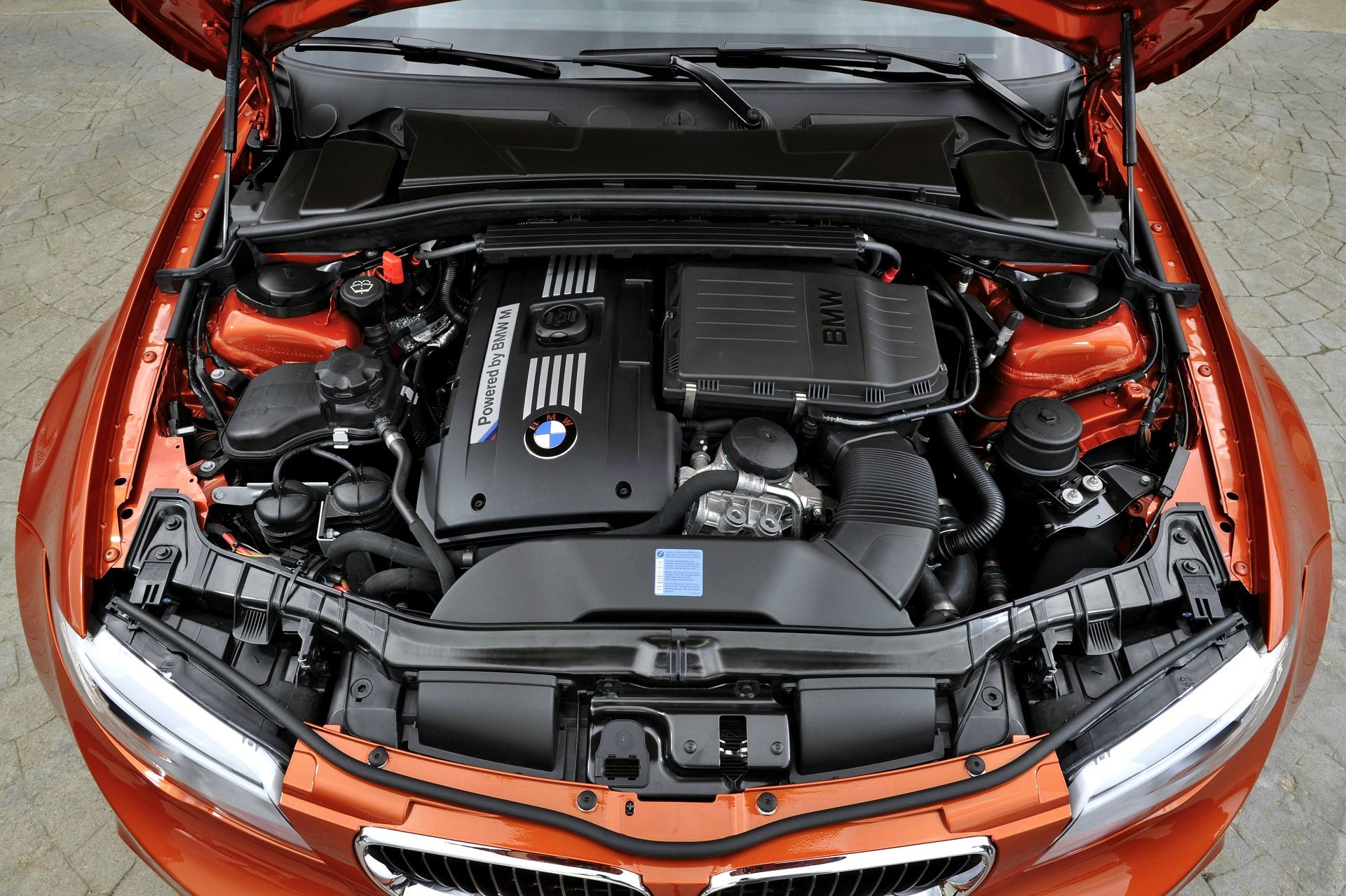
3. BMW N54 Engine
The BMW N54 engine, found in many 3 Series and 5 Series models from the late 2000s and early 2010s, delivers very impressive performance. With twin turbos and smooth acceleration, it offers a driving experience that many people enjoy. However, this same engine has developed a bad record when it comes to emissions testing, especially after it crosses a certain mileage.
One of the biggest problems with the N54 is carbon buildup on the intake valves. This happens because the engine uses direct injection but does not include any system for cleaning the valves. As oil vapors and fuel residue collect as time goes on, they form a thick coating that blocks airflow and affects combustion quality. This incomplete burn releases more pollutants into the exhaust and causes emission readings to go beyond legal limits.
The N54 engine also tends to develop vacuum leaks and sensor faults. The crankcase ventilation system, throttle body, and fuel injectors are all parts that fail frequently. When any of them stop working properly, the engine starts to run rich or lean, depending on the issue.
Either way, it throws off the air-fuel ratio and makes the car produce higher emissions. A rich mixture sends extra hydrocarbons and carbon monoxide through the tailpipe, while a lean mix raises nitrogen oxide levels.
The high-pressure fuel pump and turbocharger systems also wear out as time goes on, and when they do, the combustion process loses efficiency. This problem may not affect driving performance immediately, but it shows up during emissions testing when the engine control unit reports system imbalance or misfire errors. These faults also cause the check engine light to remain on, which in many states results in automatic test failure.
While some BMW owners try to fight these issues with regular walnut blasting or sensor replacements, it only works temporarily. Once the engine reaches around 80,000 to 100,000 miles, the problems usually come back. That makes it difficult to rely on the N54 engine for consistent success during emissions tests, especially without frequent and costly maintenance.
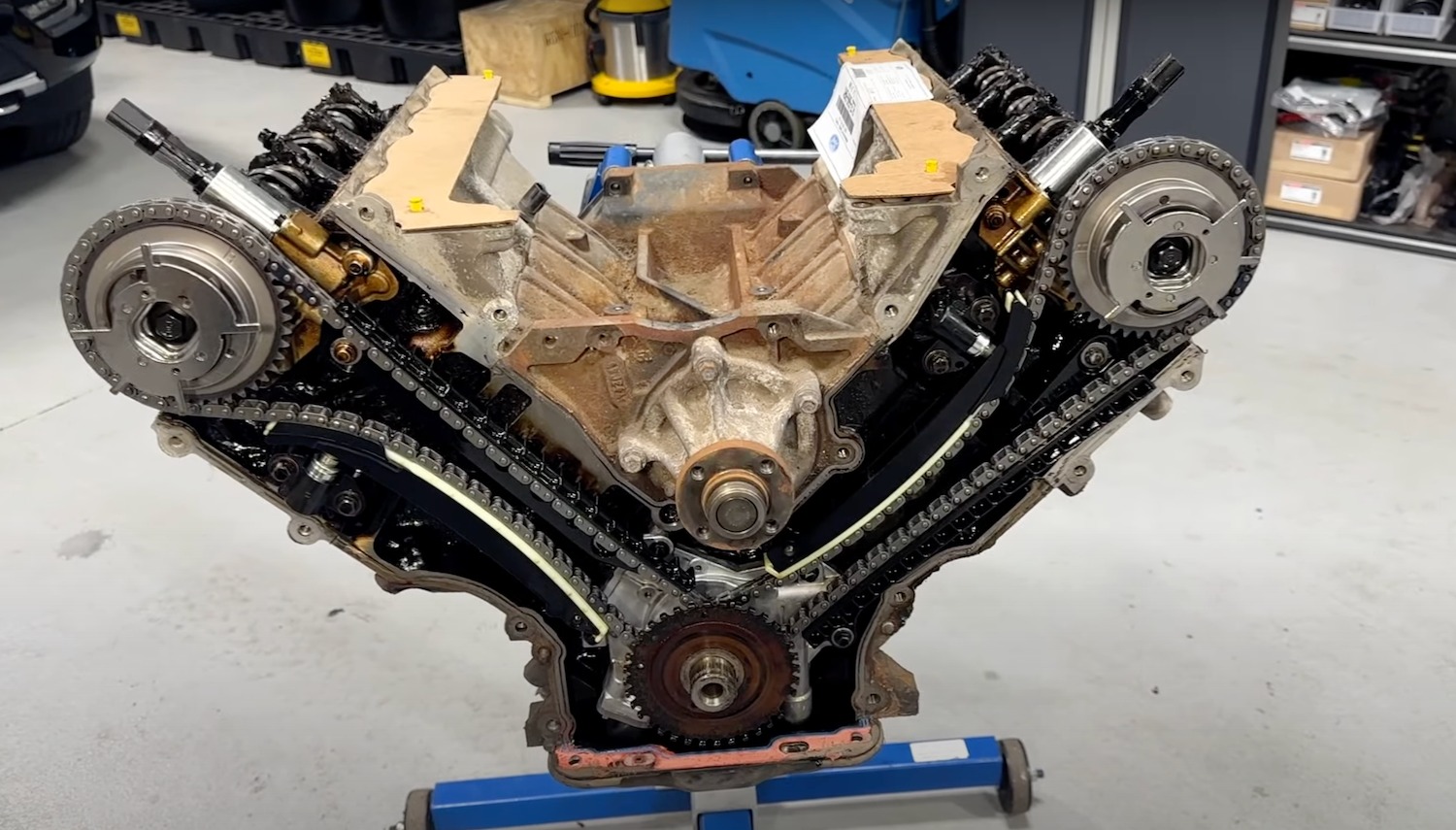
4. Ford Triton 5.4L V8 Engine
The Ford Triton 5.4L V8 engine, used in F-Series trucks and larger SUVs like the Expedition, was created to deliver strength and towing power. It does that job very well, but one area where it struggles is emissions control. Many truck owners who have taken this engine for smog testing have faced failures due to high emissions levels and check engine lights related to poor combustion.
This engine was designed with a focus on torque and low-end power. While that is great for heavy-duty use, it also means the engine burns a lot of fuel. More fuel burned means more pollutants produced. Even with a catalytic converter and other emissions parts in place, the engine creates so much waste gas that it overwhelms the system, especially as the engine ages.
Another issue with the Triton engine is the spark plug design. The plugs are known to get stuck or break off during removal, and once they do, the engine often starts to misfire. A misfiring engine not only runs poorly but also sends raw fuel into the exhaust, damaging the catalytic converter and increasing hydrocarbon emissions. Many drivers do not notice these small misfires until it is time for a smog check.
The emissions system itself also does not age well. Oxygen sensors, EGR valves, and the secondary air injection system often fail after the vehicle crosses 100,000 miles. When they do, the engine cannot manage its emissions output properly anymore. This leads to test failures, even if the vehicle still drives normally.
Truck owners often try to solve the problem by replacing one sensor after another or using fuel additives. But unless the entire emissions system is overhauled, the engine continues to produce more pollution than allowed. That makes it very hard to keep this engine clean enough for strict emissions laws, especially in places like California or New York.
Also Read: 5 Affordable Engines That Still Sound Good and 5 That Always Knock
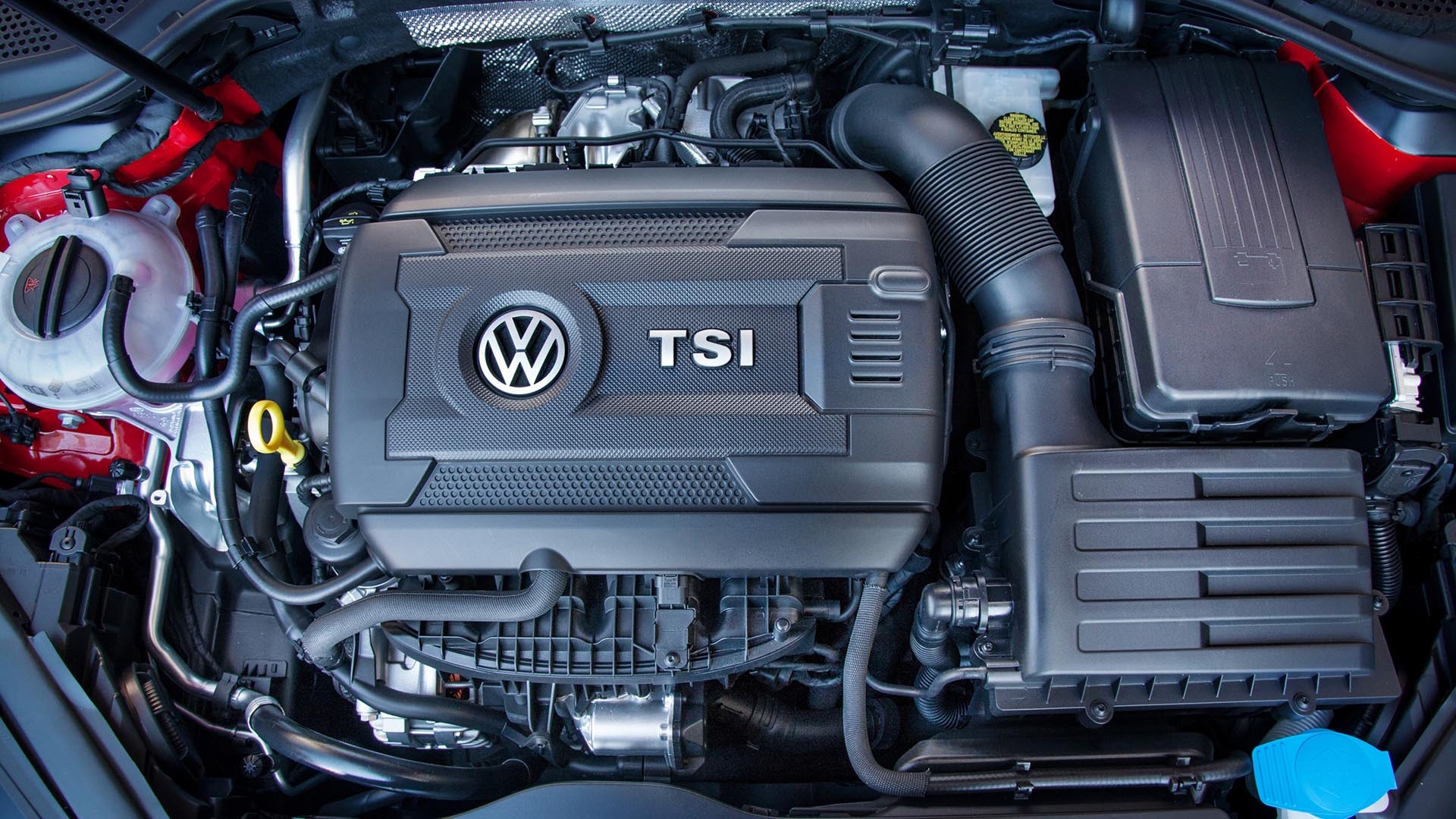
5. Volkswagen EA888 Gen 1 and Gen 2 Engines
The Volkswagen EA888 engine, especially in its first and second generations, can be found in models like the Golf GTI, Passat, and Audi A4. When these engines are new, they perform well and stay within emissions limits. But as they age, they become less stable and more likely to fail smog checks.
One of the biggest problems is excessive oil consumption. These engines are known for burning oil faster than normal, especially once they cross 60,000 to 80,000 miles. When oil gets into the combustion chamber, it creates blue smoke and increases the level of particulate matter and hydrocarbons in the exhaust. This raises the emissions readings and causes the vehicle to fail the test.
The turbo system in these engines also creates problems. Turbochargers increase heat and pressure in the engine, which helps performance but often damages emission control components. The catalytic converter wears out faster, and the oxygen sensors start giving incorrect readings. The engine control unit then adjusts the fuel mixture in the wrong direction, causing even more emissions.
Carbon buildup on the valves, similar to what is seen in BMW’s N54 engine, also affects the EA888. Since it uses direct injection, there is no regular cleaning of the intake valves. As time goes on, the buildup affects air intake and changes how the engine burns fuel. This results in more unburned gases passing through the exhaust, increasing hydrocarbon and nitrogen oxide emissions.
Many VW owners have tried software updates or emission-related repairs, but the results are often temporary. Unless the entire engine is cleaned and serviced regularly, the emissions problems continue to return. As the engine ages, it becomes harder to control the amount of pollution it produces, even with proper maintenance.
For this reason, the EA888 Gen 1 and Gen 2 engines have earned a poor reputation when it comes to emissions testing. While they might deliver smooth driving and good power, their ability to pass smog tests consistently remains unreliable.

